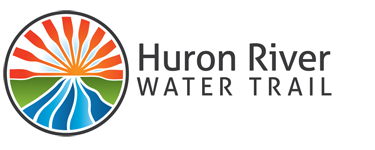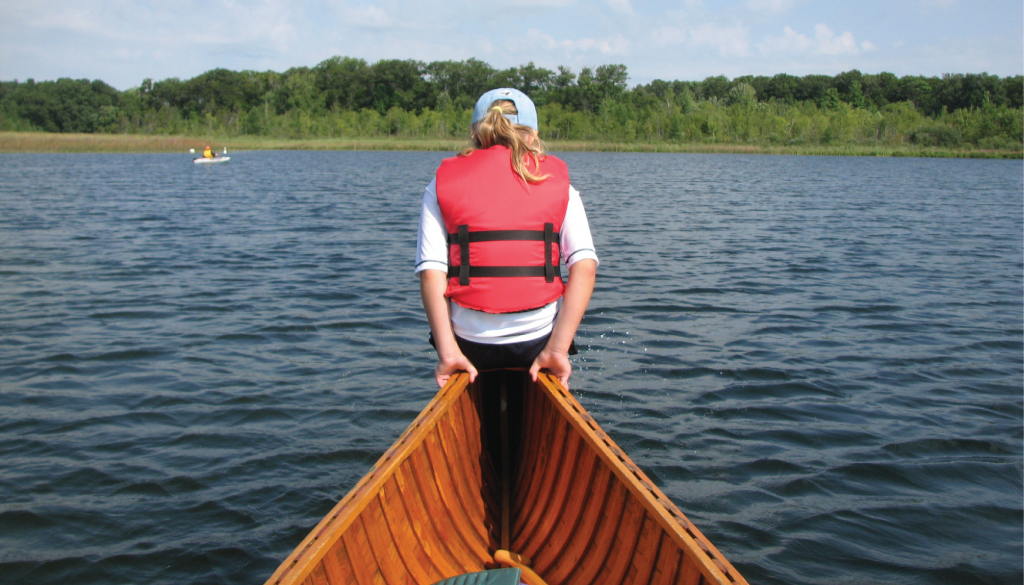Skills Needed
Novice to intermediate, canoes and kayaks. The trail includes flat and short stretches of class II whitewater at Delhi Rapids, Mill Creek, and Argo Cascades: paddling; and portaging.
Direction to Paddle
All of the river trip descriptions and maps describe waterways in a downstream direction. Sectional and destination paddlers typically choose to paddle downstream. Paddlers should paddle north to south/west to east to minimize upstream paddling.
Natural River District
Areas along the Huron River identified by local governments, citizens and the Department of Natural Resources, designated for preservation as a natural corridor.
Water Quality
The Huron River is considered safe for boating according to sate water quality standards. However, water trail users should be aware that swimming in the river during and shortly after rainstorms should be limited due to the potential for polluted runoff. More detailed information is available from the Huron River Watershed Council and its partners who monitor conditions at more than 20 locations. Read “Safe Swimming in the Huron River, Huron River Report, Summer 2018” or learn about HRWC’s program to monitor water quality.
Fishing
Smallmouth bass, largemouth bass, bluegill, perch, also northern pike and walleye on Kent Lake. State license required. “Catch and release” only is recommended for fishing the Huron River below N. Wixom Rd.
Elevation Changes
From the headwaters to the mouth of the Huron River, elevation changes from 1,018 to 572 feet above sea level.
State and Regional Parks
2 State Recreation Areas (Island Lake and Proud Lake) and 8 MetroParks.
Landscape
Trail passes through morainal landforms, prehistoric lakeplain, forests, parks, and village centers.



